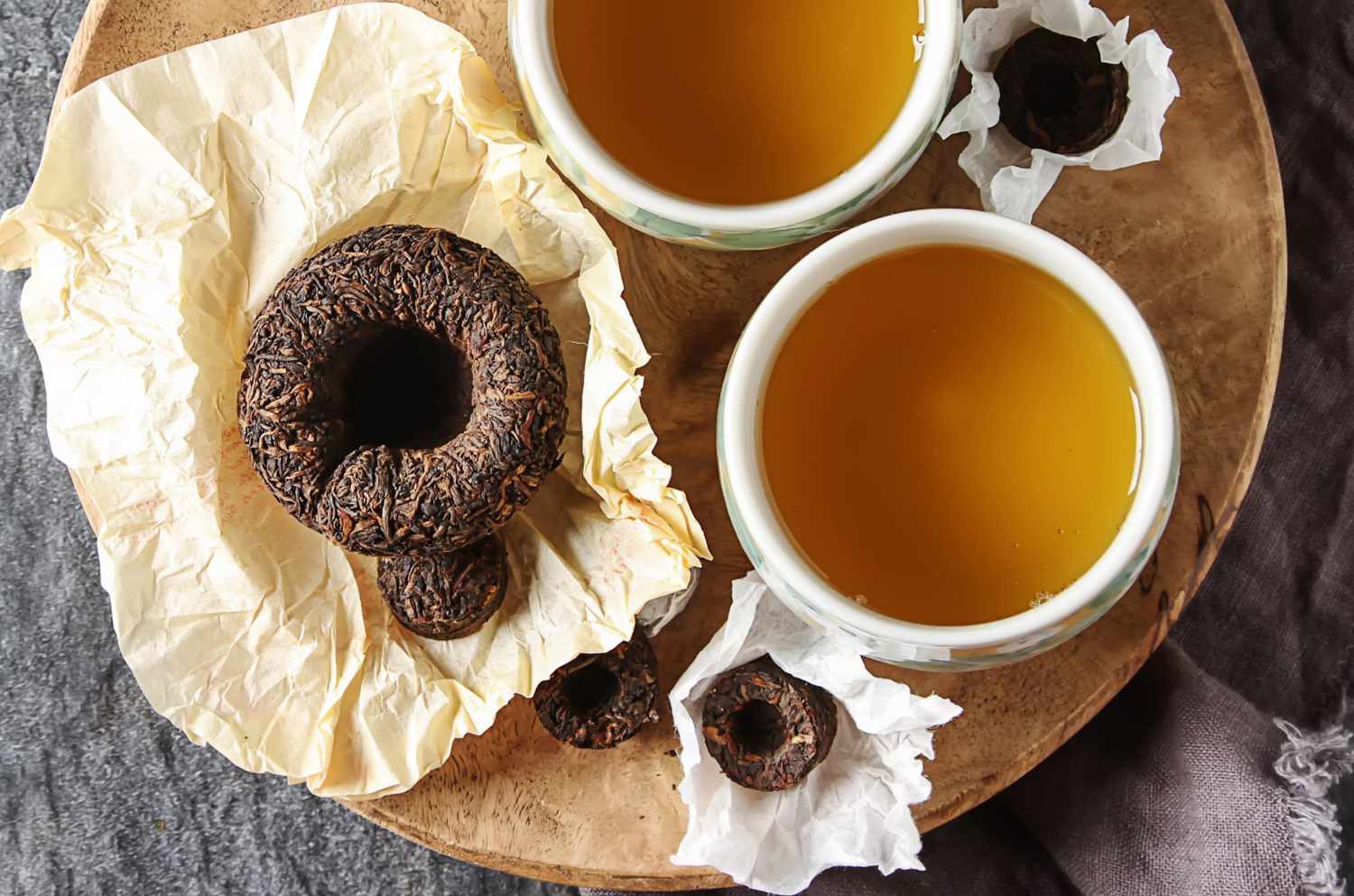

Articles
How To Store Pu-Erh Tea
Modified: October 20, 2024
Learn the best methods for storing Pu Erh tea to ensure its flavor and quality are preserved. Explore our articles for expert tips and advice on tea storage.
(Many of the links in this article redirect to a specific reviewed product. Your purchase of these products through affiliate links helps to generate commission for Storables.com, at no extra cost. Learn more)
Introduction
Welcome to the wonderful world of Pu Erh tea storage! If you are a tea enthusiast or just starting to explore the vast realm of tea, you may have come across Pu Erh tea. Known for its distinct flavor profiles and potential health benefits, Pu Erh tea has gained popularity among tea connoisseurs worldwide.
However, one aspect that is often overlooked when it comes to Pu Erh tea is proper storage. Many people may not realize that the way you store your Pu Erh tea can greatly impact its taste, aroma, and overall quality. In fact, proper storage is crucial for preserving the unique characteristics of this special tea.
In this article, we will delve into the world of Pu Erh tea storage and explore the key factors to consider when storing your beloved Pu Erh tea. We will discuss the importance of choosing the right container, controlling temperature and humidity, avoiding exposure to light and air, and organizing your Pu Erh tea collection.
So, whether you are a seasoned Pu Erh tea drinker or a curious beginner, buckle up and prepare to dive into the art of Pu Erh tea storage!
Key Takeaways:
- Proper storage of Pu Erh tea is crucial for preserving its unique flavors, preventing spoilage, and extending its shelf life. Factors such as temperature, humidity, and light exposure play a vital role in maintaining the tea’s quality.
- Choosing the right container, controlling temperature and humidity, and avoiding exposure to light and air are key factors in Pu Erh tea storage. Organizing your tea collection and experimenting with different storage techniques can enhance the aging process and flavor development.
Read more: How To Store Compost Tea
What is Pu Erh Tea?
Pu Erh tea is a type of fermented tea that originates from the Yunnan province in China. It is produced from the leaves of the tea plant Camellia sinensis, the same plant used to make other popular tea varieties like green tea, black tea, and oolong tea.
What sets Pu Erh tea apart is its unique fermentation process. The leaves are harvested and then undergo microbial fermentation and oxidation, a process that can span several months to years. This fermentation process gives Pu Erh tea its distinct flavor and aroma, as well as its potential health benefits.
There are two main types of Pu Erh tea: raw Pu Erh (also known as “sheng”) and ripe Pu Erh (also known as “shou”). Raw Pu Erh is made from tea leaves that are dried and fermented naturally over time, while ripe Pu Erh goes through an accelerated fermentation process using moisture and heat.
Pu Erh tea is prized for its rich, earthy flavors and smooth, mellow character. It often has complex and layered taste profiles, with notes of dark chocolate, nuts, damp earth, and sometimes even fruitiness. The taste of Pu Erh tea can evolve and improve with age, much like fine wine.
Aside from its unique flavor, Pu Erh tea is also believed to have several health benefits. It is often associated with aiding digestion, promoting weight loss, lowering cholesterol levels, and providing antioxidant properties. However, it’s important to note that more research is needed to fully understand the health benefits of Pu Erh tea.
Now that we have a better understanding of what Pu Erh tea is, let’s explore why proper storage is crucial to maintain its quality and flavor.
Why Proper Storage is Important
Proper storage is essential for maintaining the quality, flavors, and aroma of Pu Erh tea. Here are a few reasons why it is important to store Pu Erh tea correctly:
- Preserving Flavor and Aroma: Pu Erh tea can develop complex and nuanced flavors over time, but these flavors can be easily affected by improper storage. Exposure to moisture, air, and sunlight can cause the tea to become stale and lose its desirable characteristics. By storing Pu Erh tea in optimal conditions, you can preserve its unique flavors and enjoy a more satisfying tea-drinking experience.
- Preventing Mold and Spoilage: Pu Erh tea is prone to mold growth if not stored properly. The high humidity levels in some environments can create an ideal breeding ground for mold, which can not only ruin the tea but also pose health risks. Proper storage practices, such as controlling humidity levels and using airtight containers, can help prevent mold and spoilage.
- Extending Shelf Life: Pu Erh tea, especially the raw variety, can age and improve in quality over time. When stored correctly, the tea can continue to develop and mature, resulting in a more refined and enjoyable flavor profile. On the other hand, improper storage can accelerate the degradation of the tea and shorten its shelf life.
- Protecting from External Factors: Pu Erh tea is sensitive to light, moisture, air, and strong odors. Exposure to these factors can lead to oxidation, loss of flavor, and degradation of the tea leaves. By storing Pu Erh tea in airtight and opaque containers away from strong odors, you can protect it from these external factors and maintain its quality.
- Maintaining Investment Value: Some collectors and tea enthusiasts view Pu Erh tea as an investment. Proper storage is crucial for preserving the tea’s value and ensuring that it maintains its desired characteristics over time. By following appropriate storage practices, you can safeguard your Pu Erh tea collection and potentially increase its value.
As you can see, proper storage plays a vital role in preserving the quality and integrity of Pu Erh tea. In the following sections, we will explore the factors to consider and techniques to employ when storing Pu Erh tea.
Factors to Consider When Storing Pu Erh Tea
When it comes to storing Pu Erh tea, several factors can influence the quality and aging process of the tea. By considering these factors, you can create an ideal storage environment for your Pu Erh tea collection. Here are the key factors to keep in mind:
- Temperature: Temperature is a crucial factor when it comes to storing Pu Erh tea. It is recommended to store Pu Erh tea in a cool environment with a stable temperature. The optimal temperature range is between 50°F to 70°F (10°C to 21°C). Extreme temperature fluctuations can negatively affect the aging process and flavor development of the tea.
- Humidity: Humidity levels play a significant role in the aging and preservation of Pu Erh tea. Ideally, the humidity should be kept between 60% to 70%. High humidity can cause the tea to absorb excess moisture, leading to mold growth and spoilage. On the other hand, very low humidity can dry out the tea leaves and affect their quality. Using humidity control tools like humidity packs can help maintain the desired humidity level.
- Air Circulation: While it is important to keep the tea in a sealed container, a minimal amount of air circulation is necessary to facilitate the aging process. It is recommended to use containers that allow for some airflow while still providing airtight protection. This helps the tea to breathe and evolve over time.
- Light Exposure: Pu Erh tea is sensitive to light, especially ultraviolet (UV) light. Exposure to direct sunlight or strong artificial light can degrade the tea leaves and negatively impact their flavor. It is best to store Pu Erh tea in opaque containers or in a dark and cool environment to minimize light exposure.
- Odor Absorption: Pu Erh tea has a unique aroma that can easily be influenced by strong odors from other substances. It is important to store Pu Erh tea away from anything with a potent scent, such as spices, herbs, or strong-smelling foods. This helps to maintain the tea’s original aroma and prevent it from absorbing unwanted odors.
By taking these factors into consideration, you can create an optimal storage environment for your Pu Erh tea, which will allow it to age gracefully and develop its desired flavors and aromas. In the next section, we will discuss the importance of choosing the right container for storing Pu Erh tea.
Choosing the Right Container
When it comes to storing Pu Erh tea, choosing the right container is essential for preserving its quality and protecting it from external factors. Here are some factors to consider when selecting a container for your Pu Erh tea:
- Airtightness: The container should be airtight to prevent air and moisture from entering. Oxygen and excessive moisture can accelerate the oxidation process and degrade the tea’s quality. Look for containers with a reliable seal or use vacuum-sealed bags for optimal airtight storage.
- Material: The material of the container should be non-reactive and food-safe. Common options include ceramic jars, glass jars, or food-grade plastic containers. Avoid containers made of materials that can absorb or transfer odors, such as metal or certain types of plastic.
- Size: Choose a container that matches the quantity of Pu Erh tea you plan to store. It is generally recommended to store Pu Erh tea in smaller batches to minimize exposure to air each time the container is opened. This helps to maintain the freshness and quality of the tea over a longer period.
- Opaque and Light-blocking: To protect the tea from light exposure, opt for containers that are opaque or have some form of light-blocking feature. Light can degrade the tea leaves and affect their flavor, so it is important to shield the tea from direct sunlight or artificial light sources.
- Additional Features: Some containers come with additional features like humidity control packets or compartments to aid in the storage process. These features can help maintain the optimal conditions for Pu Erh tea storage and simplify the overall management of your tea collection.
Remember that storing Pu Erh tea in its original packaging is not always ideal for long-term storage. Tea packaging is designed for short-term shelf life and may not provide the necessary protection against air, moisture, and light exposure. Transferring the tea to a suitable container will offer better preservation and aging potential.
Once you have selected the right container, it is important to store it in a suitable environment with controlled temperature, humidity, and light exposure. In the next section, we will explore these factors in more detail and discuss how to maintain optimal conditions for storing Pu Erh tea.
Read more: How To Store Brewed Tea
Controlling Temperature and Humidity
Controlling temperature and humidity is crucial for proper Pu Erh tea storage. Creating the ideal conditions allows the tea to age gracefully and develop its desired flavors and aromas. Here are some tips for controlling temperature and humidity:
- Temperature: It is recommended to store Pu Erh tea in a cool environment with a stable temperature. Avoid extreme fluctuations in temperature, as it can negatively impact the aging process and flavor development of the tea. The optimal temperature range for Pu Erh tea storage is between 50°F to 70°F (10°C to 21°C).
- Humidity: Maintaining the appropriate humidity level is crucial for Pu Erh tea storage. The ideal humidity range for Pu Erh tea is between 60% to 70%. High humidity can lead to mold growth and spoilage, while very low humidity can dry out the tea leaves. To control humidity, you can use humidity control tools such as humidity packs or a humidifier/dehumidifier, depending on your specific environment.
- Hygrometer: To accurately monitor the humidity levels, it is advisable to invest in a hygrometer. A hygrometer is a device that measures the humidity in the air. Place the hygrometer near your Pu Erh tea storage area to regularly check and adjust the humidity as needed.
- Storage Room: Ideally, dedicate a room or area for Pu Erh tea storage where you have more control over temperature and humidity. A basement or a cool, dark closet can be suitable locations for storing Pu Erh tea. Make sure the space is well-ventilated to prevent any musty smells or excessive moisture buildup.
- Humidity Packs: Consider using humidity packs, such as Boveda or Integra Boost packs, to maintain consistent humidity levels in your storage containers. These packs are designed to absorb or release moisture based on the surrounding humidity, helping to regulate the moisture content of the tea over time. Choose packs with the appropriate humidity level for Pu Erh tea storage.
By controlling the temperature and humidity in your storage environment, you can create the optimal conditions for Pu Erh tea to age and develop its flavors. In the next section, we will discuss the importance of avoiding exposure to light and air when storing Pu Erh tea.
Store Pu Erh tea in a cool, dry place away from strong odors and direct sunlight. It’s best to keep it in an airtight container to maintain its flavor and aroma. Avoid storing it near spices or other strong-smelling foods.
Avoiding Exposure to Light and Air
When it comes to storing Pu Erh tea, it is essential to protect it from exposure to light and air. Light and air can degrade the quality of the tea and affect its flavor and aroma. Here are some tips for avoiding exposure to light and air:
- Opaque Containers: Store Pu Erh tea in opaque containers that block out light. Light, especially ultraviolet (UV) light, can cause oxidation and degradation of the tea leaves, leading to loss of flavor and aroma. Choose containers made of ceramic, glass, or food-grade plastic that provide good light-blocking properties.
- Keep Away from Sunlight: Find a storage location away from direct sunlight. Sunlight can not only expose the tea to UV rays but also generate heat, which can accelerate the aging process and alter the flavor of the tea. Keep your Pu Erh tea in a dark, cool spot to minimize light exposure.
- Airtight Containers: Ensure that your storage containers are airtight to prevent air from entering. Oxygen, in contact with the tea leaves, can lead to oxidation and a loss of flavor. Airtight containers help maintain the tea’s freshness and prolong its shelf life.
- Minimize Opening Containers: Limit the frequency of opening your containers to minimize exposure to air. Each time you open the container, air rushes in and can affect the quality and aging process of the tea. Store your Pu Erh tea in smaller batches to reduce the need for frequent opening and closing.
- Vacuum-Sealed Bags: For long-term storage or if you have larger quantities of Pu Erh tea, consider using vacuum-sealed bags. These bags remove the air inside and create a vacuum, significantly reducing exposure to air and helping to preserve the tea’s flavor and aroma.
- Double-Layered Packaging: If storing Pu Erh tea in its original packaging, ensure that it is double-layered or has an additional layer of protection. This helps to provide a barrier against light and air. You can also place the original packaging inside an opaque, airtight container for added protection.
By minimizing exposure to light and air, you can maintain the quality and characteristics of your Pu Erh tea for an extended period. In the next section, we will discuss how to organize your Pu Erh tea collection effectively.
Organizing Your Pu Erh Tea Collection
Keeping your Pu Erh tea collection organized is essential for easy access, proper rotation, and maintaining the quality of the tea over time. Here are some tips to help you effectively organize your Pu Erh tea collection:
- Categorize by Type and Origin: Start by categorizing your Pu Erh teas based on their type (raw or ripe) and origin. This helps you differentiate between different teas and understand their unique characteristics.
- Labeling: Label your containers or packaging with essential information such as the tea name, type, origin, harvest year, and any other relevant details. This will make it easier to identify and track the teas in your collection.
- Storage Area: Dedicate a specific area or shelf for your Pu Erh tea collection. This not only helps keep everything organized but also allows you to monitor the storage conditions and ensure they remain optimal.
- Arrangement: Arrange your teas in a way that makes sense to you. You can organize them alphabetically, by type, by age, or any other system that suits your preferences. The goal is to have a clear and systematic arrangement that facilitates easy access to the teas.
- Rotation: If you have multiple teas in your collection, it is essential to rotate them to prevent one tea from stagnating while others are being consumed. This helps ensure that all teas age gradually and experience the desired flavor development.
- Inventory Management: Keep an inventory or record of the teas in your collection. Note down details such as the quantity, purchase or harvest dates, and any other relevant information. This allows you to keep track of your collection and plan accordingly when restocking or consuming the teas.
- Sampling Schedule: Consider setting up a sampling schedule to periodically taste and evaluate the teas in your collection. This allows you to monitor the aging process, track flavor development, and identify teas that may be reaching their peak or require further aging.
By organizing your Pu Erh tea collection, you can easily access your teas, ensure proper rotation, and have a better overall experience with your prized collection. In the next section, we will provide some sample Pu Erh tea storage techniques that you can consider implementing.
Sample Pu Erh Tea Storage Techniques
When it comes to storing Pu Erh tea, there are various techniques you can employ depending on your preferences and available resources. Here are a few sample Pu Erh tea storage techniques to consider:
- Ceramic Jars: Use ceramic jars with airtight lids to store your Pu Erh tea. Ceramic jars provide insulation and protection against external influences. Ensure the jars are opaque to block out light. Place humidity control packs inside the jars to maintain optimal humidity levels.
- Paper-Wrapped Bundles: Wrap your Pu Erh tea in unbleached, food-safe paper and seal it with string or twine. This traditional method allows the tea to age gradually and helps create a microclimate for flavor development. Store the wrapped bundles in airtight containers or boxes to protect from air and light exposure.
- Clay Pots or Yixing Teapots: If you have smaller quantities of Pu Erh tea, consider storing them in clay pots or Yixing teapots. Clay pots are porous and can absorb excess moisture, helping to maintain optimal humidity levels. They can also enhance the flavors of the tea over time.
- Refrigeration: For long-term storage of Pu Erh tea or to slow down the aging process, you can opt for refrigeration. Place the tea in airtight bags or containers to prevent moisture absorption and flavor contamination. Prioritize the use of a separate dedicated refrigerator to avoid storing with odorous items.
- Pumidor Cabinets: Pumidor cabinets are specialized humidity and temperature-controlled storage units specifically designed for Pu Erh tea. They provide excellent conditions for aging and allow you to easily control temperature and humidity levels. Pumidor cabinets are an investment but offer precise storage for Pu Erh tea enthusiasts.
Remember, each technique has its own advantages and considerations. It’s important to assess your storage needs, available resources, and the desired aging process for your Pu Erh tea. Experiment with different techniques and monitor the flavor development to find the method that best suits your preferences.
Now that you have a better understanding of Pu Erh tea storage techniques, let’s address some frequently asked questions about Pu Erh tea storage in the next section.
Read more: How To Store Tea In Fridge
Frequently Asked Questions (FAQs)
1. Can I store Pu Erh tea in its original packaging?
While Pu Erh tea may come in packaging designed for short-term storage, it is generally recommended to transfer the tea to a suitable container for long-term storage. Original packaging may not provide adequate protection against light, air, and moisture, which can affect the quality and flavor of the tea over time.
2. How long does Pu Erh tea need to age?
The aging process of Pu Erh tea can vary depending on factors such as the type of tea, origin, storage conditions, and personal preference. Some Pu Erh teas may start to develop desirable flavors after a few years, while others may continue to improve over several decades. It is best to monitor the tea’s taste and aroma periodically to determine the desired level of aging.
3. Can I store Pu Erh tea in the freezer?
Storing Pu Erh tea in the freezer is not recommended for long-term storage. Freezing the tea can cause moisture to condense on the leaves when thawed, leading to potential quality degradation. Additionally, frequent temperature fluctuations when removing and returning the tea to the freezer can also impact the aging process and flavor development.
4. Can I store different types of Pu Erh tea together?
It is generally recommended to store different types of Pu Erh tea separately to prevent cross-contamination of flavors. Raw and ripe Pu Erh teas have distinct characteristics and may influence each other when stored together. It’s best to store them in separate containers or dedicate specific areas for each type.
5. Do I need to clean the storage containers?
Yes, it’s important to clean the storage containers periodically to prevent any build-up, molds, or residual flavors. Use mild, unscented dish soap and water to clean the containers, rinse thoroughly, and allow them to dry completely before using them again.
6. Can I continue to age Pu Erh tea after opening the container?
Once you have opened a container of Pu Erh tea, the aging process slows down as it is exposed to more oxygen and potential fluctuations in storage conditions. However, you can still allow the tea to age gradually by keeping it in airtight containers and maintaining optimal temperature and humidity levels.
Remember, these are general guidelines, and personal preferences may vary. It’s important to find the storage methods that work best for you and regularly assess the quality and flavor of your Pu Erh tea to ensure a satisfying tea-drinking experience.
Now, let’s conclude our exploration of Pu Erh tea storage in the next section.
Conclusion
Proper storage is essential for preserving the quality, flavors, and aging potential of Pu Erh tea. By considering factors such as temperature, humidity, light exposure, and air circulation, you can create an optimal storage environment for your prized collection. Remember to choose suitable containers that are opaque, airtight, and non-reactive to provide the necessary protection.
Controlling temperature and humidity is paramount to ensure the tea ages gracefully and develops its desired flavors over time. Avoiding exposure to light and air helps to maintain the tea’s freshness and prevent oxidation. Organizing your Pu Erh tea collection, labeling containers, and implementing rotation techniques ensure easy access and proper management of your teas.
Sample storage techniques such as using ceramic jars, paper-wrapped bundles, clay pots, refrigeration, or specialized pumidor cabinets offer different approaches depending on your needs and available resources. Find the technique that aligns with your preferences and enjoy the art of Pu Erh tea storage.
Remember to periodically evaluate your teas, sample different aged varieties, and appreciate the unique characteristics that result from proper storage. Experimentation and patience will reward you with a rewarding tea-drinking experience as your Pu Erh tea continues to evolve and develop.
So, whether you are a novice tea enthusiast or a seasoned Pu Erh tea connoisseur, embrace the art of Pu Erh tea storage and savor the journey of exploring and enjoying this remarkable tea.
Frequently Asked Questions about How To Store Pu-Erh Tea
Was this page helpful?
At Storables.com, we guarantee accurate and reliable information. Our content, validated by Expert Board Contributors, is crafted following stringent Editorial Policies. We're committed to providing you with well-researched, expert-backed insights for all your informational needs.
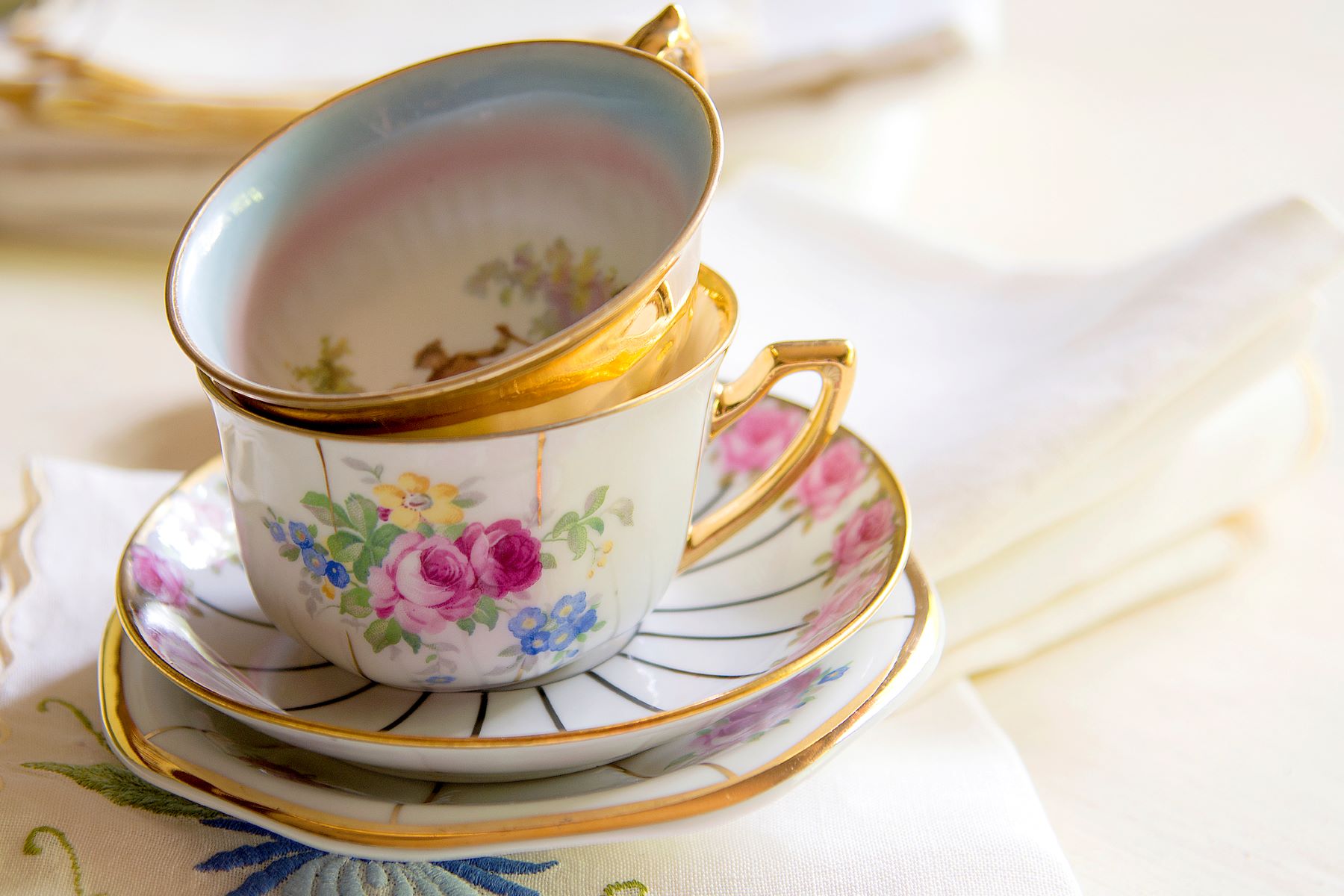
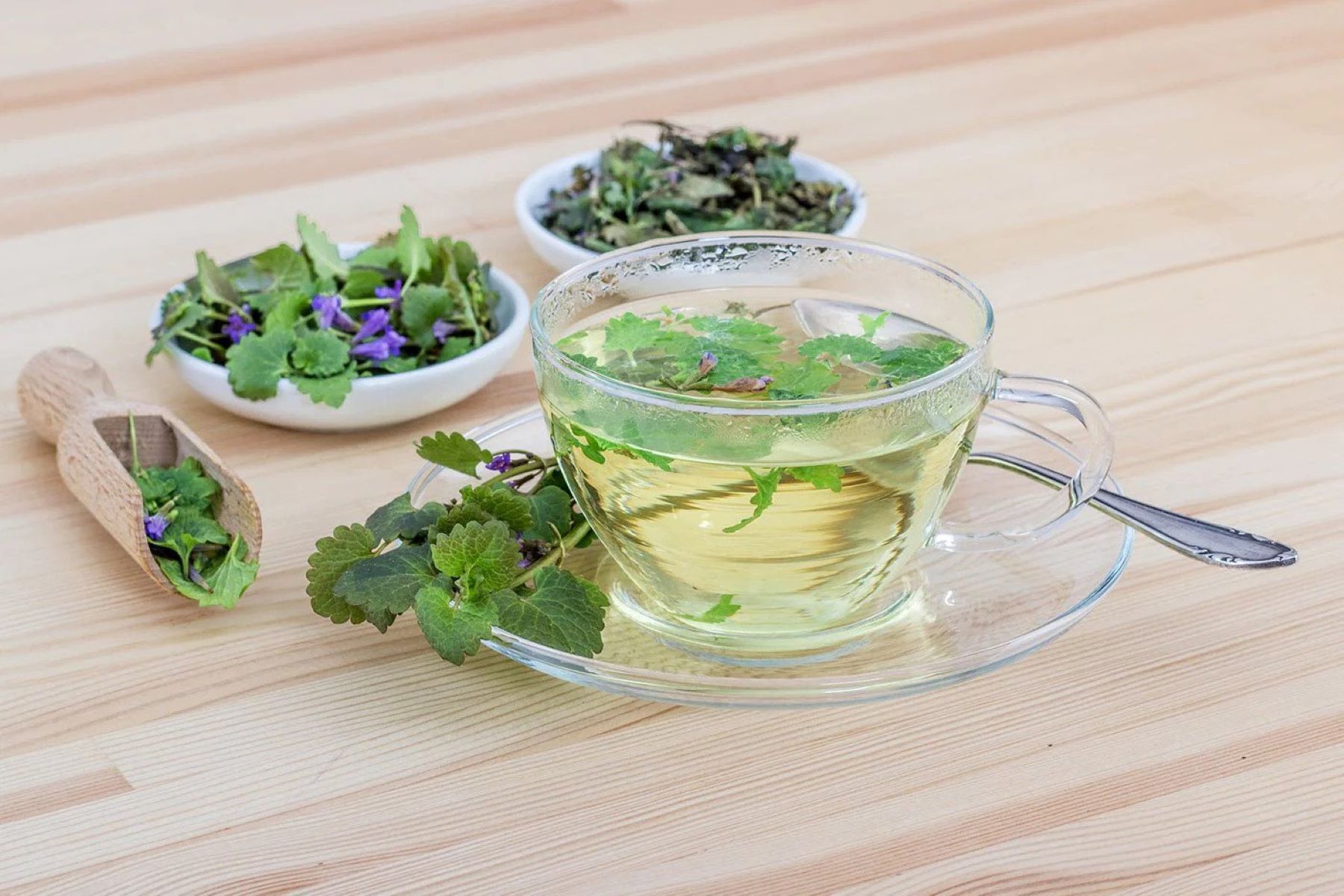
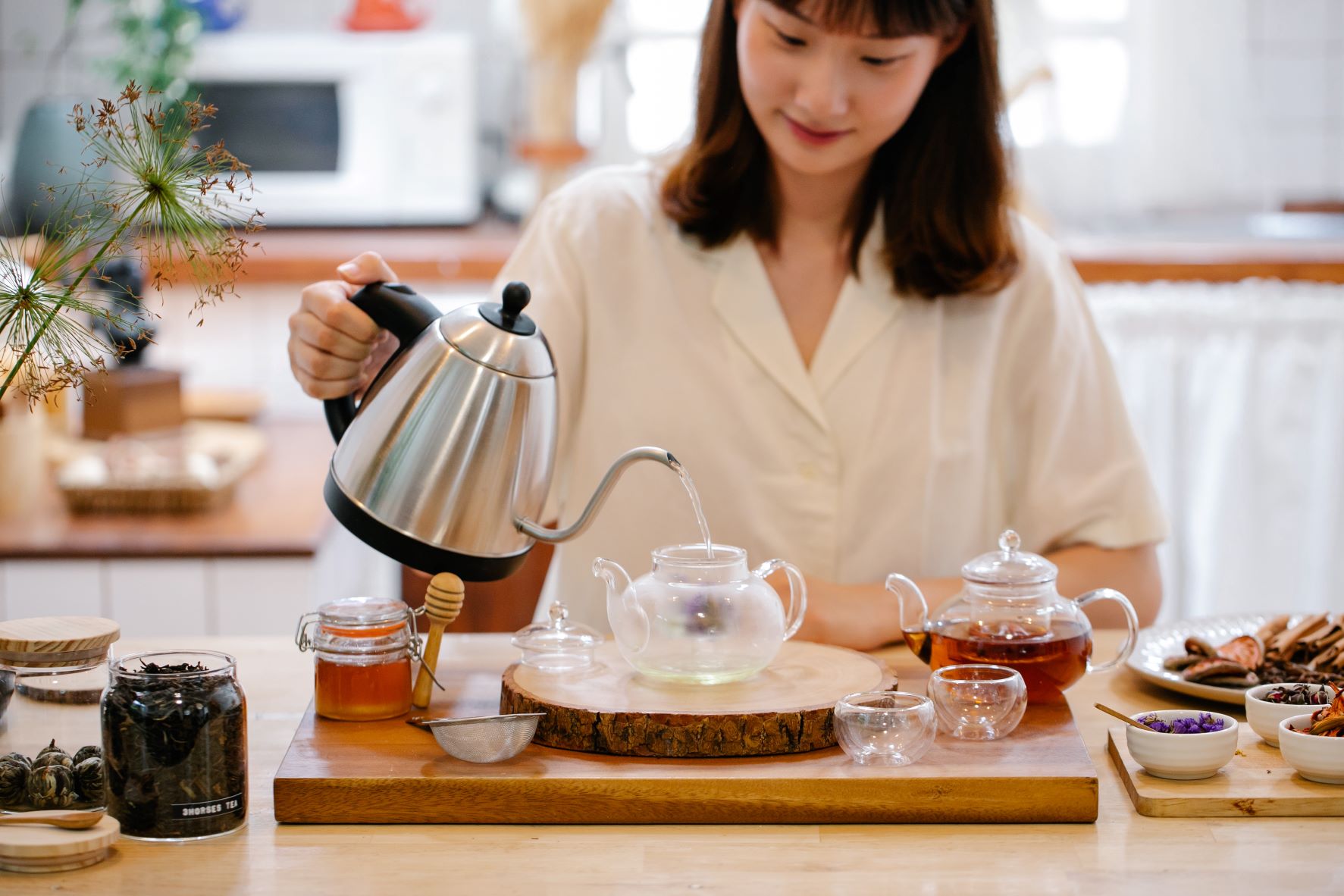
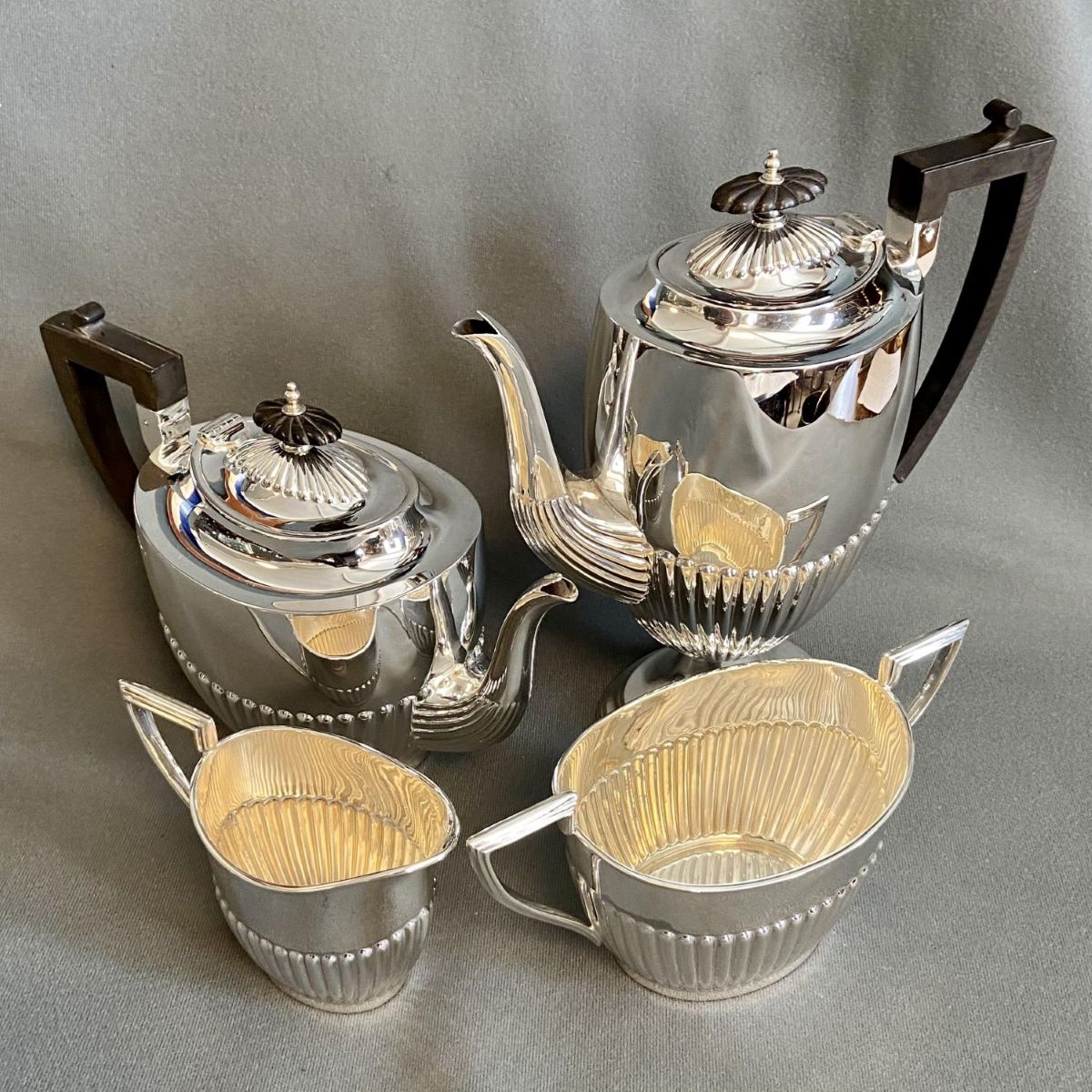
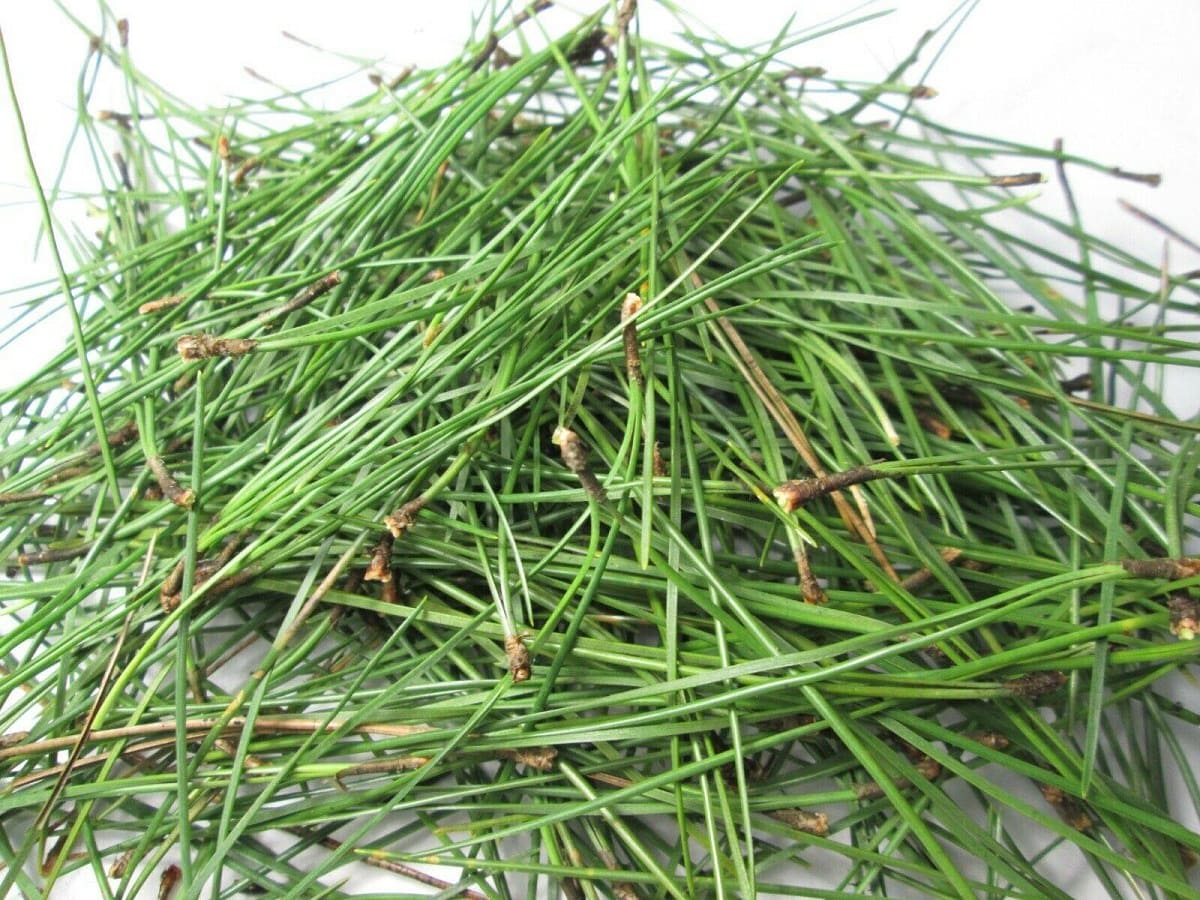

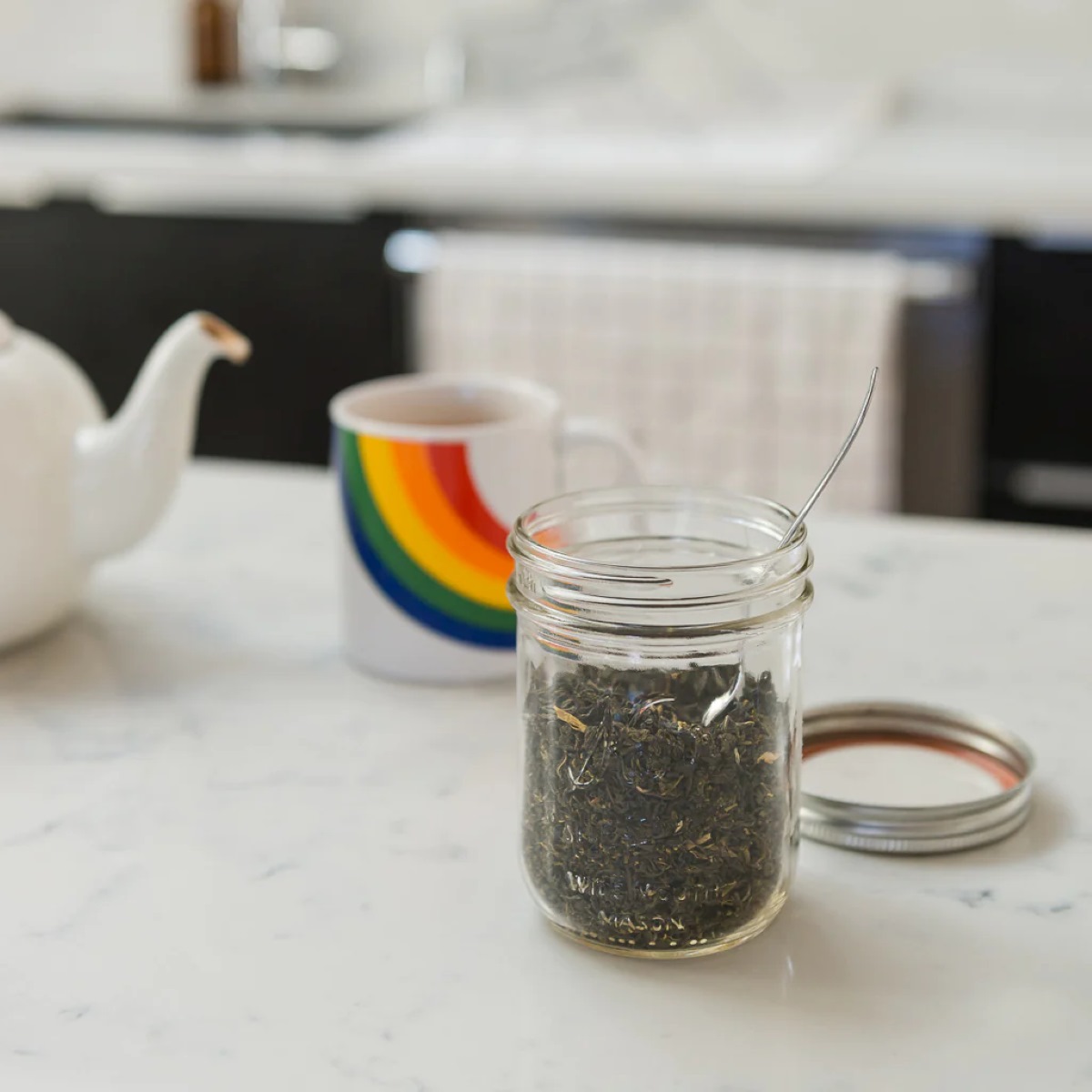
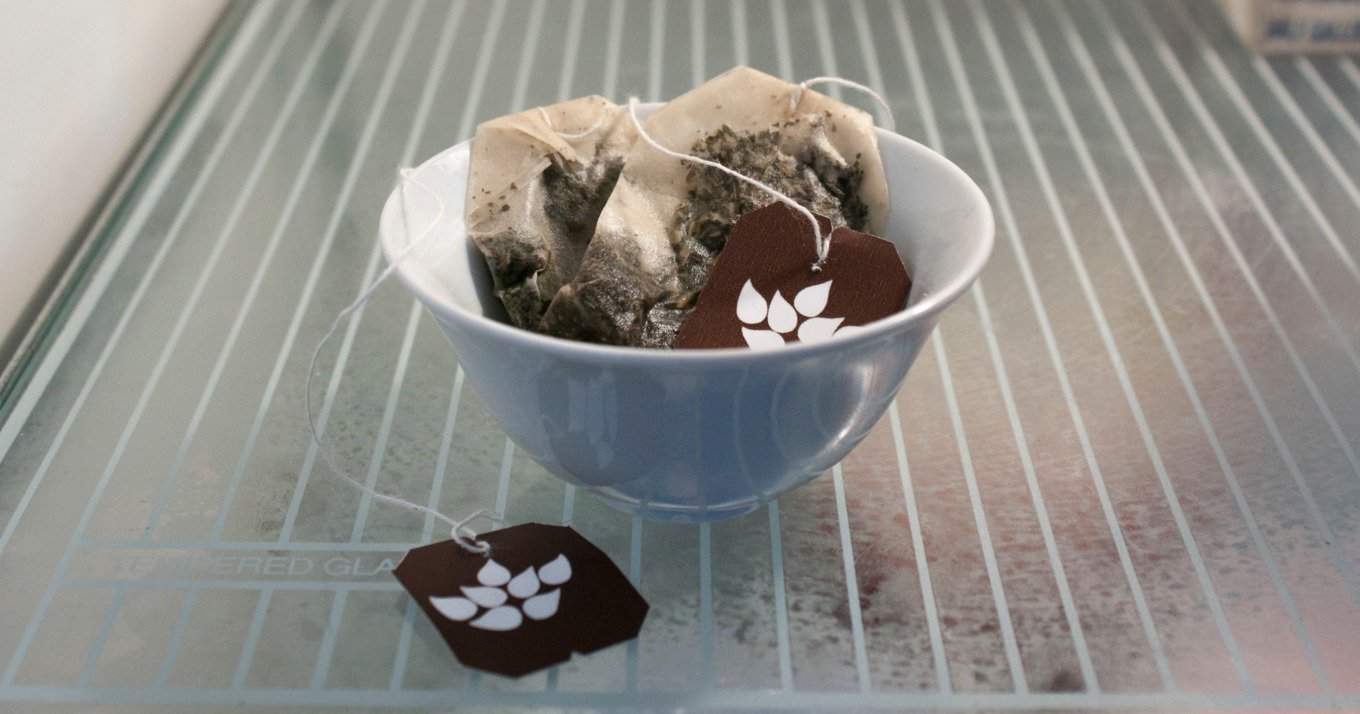

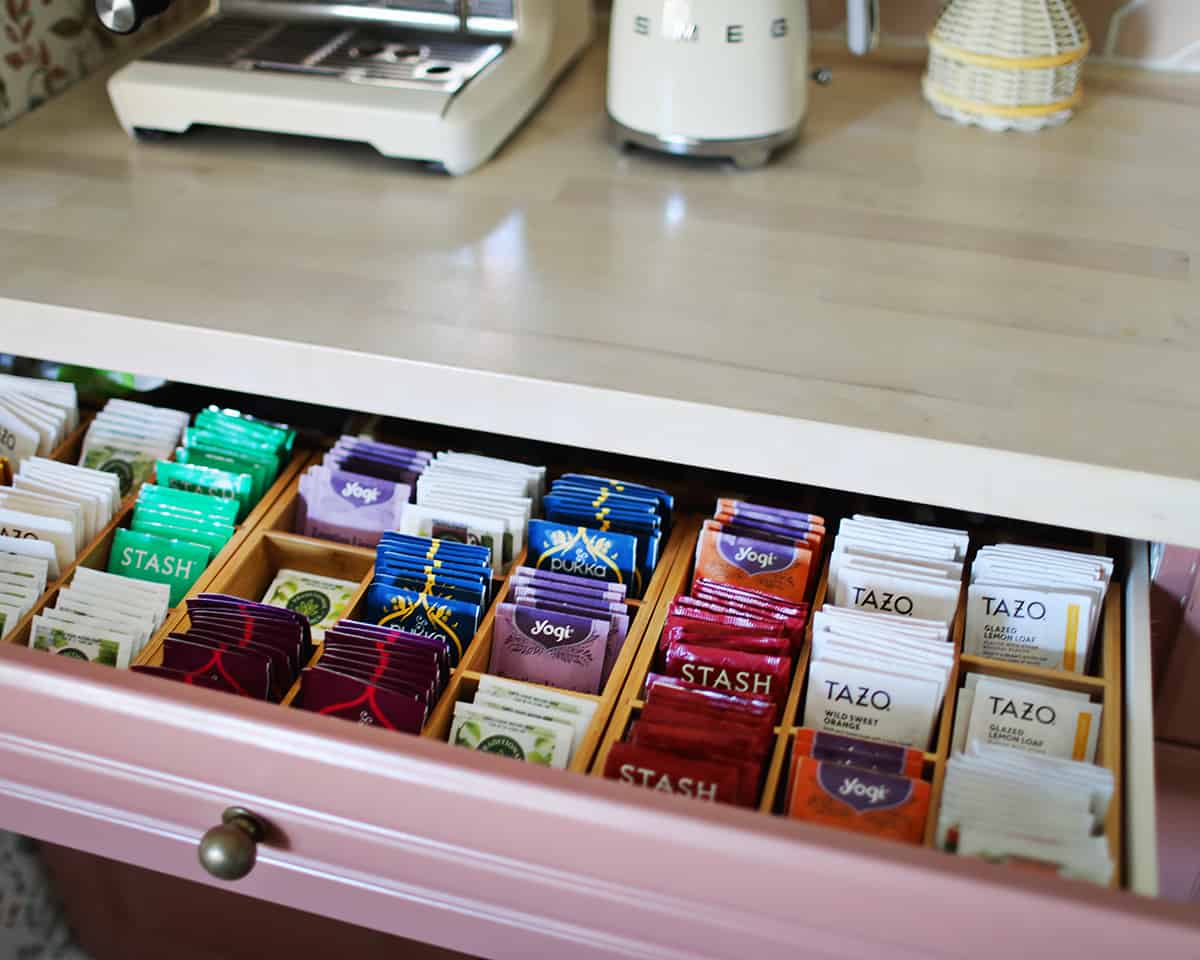
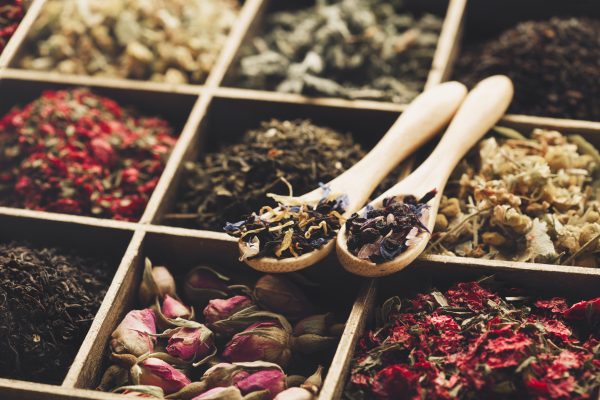
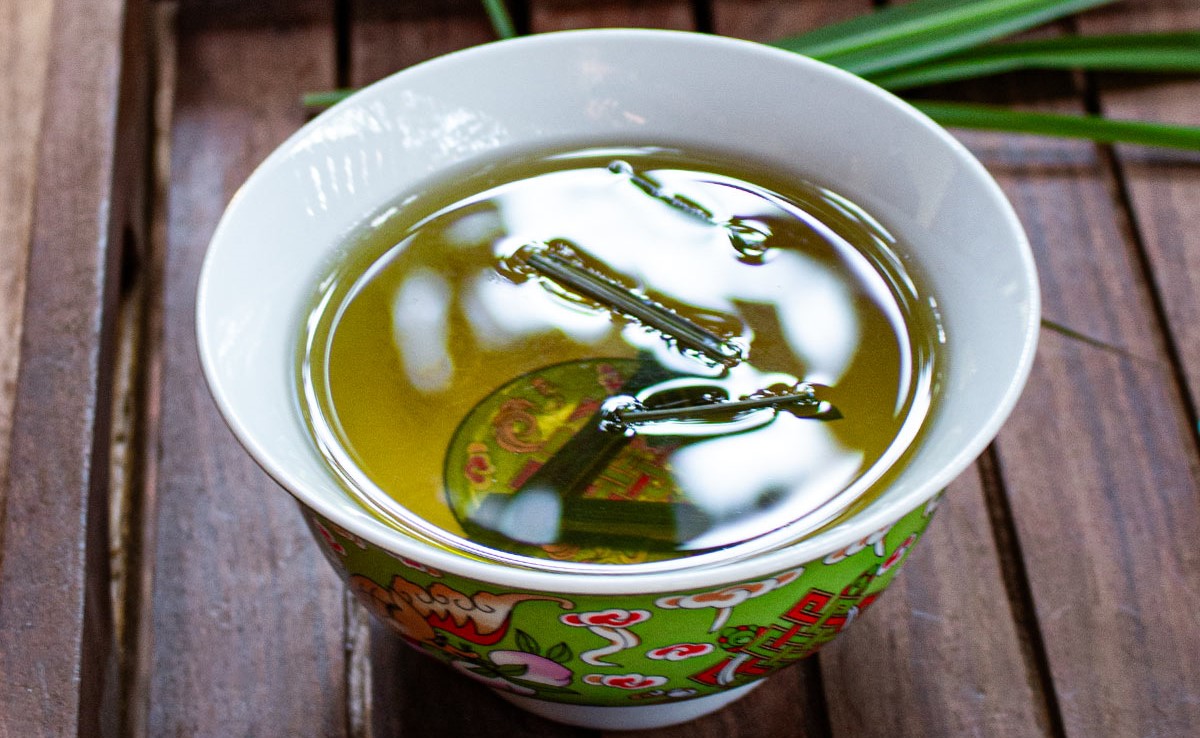
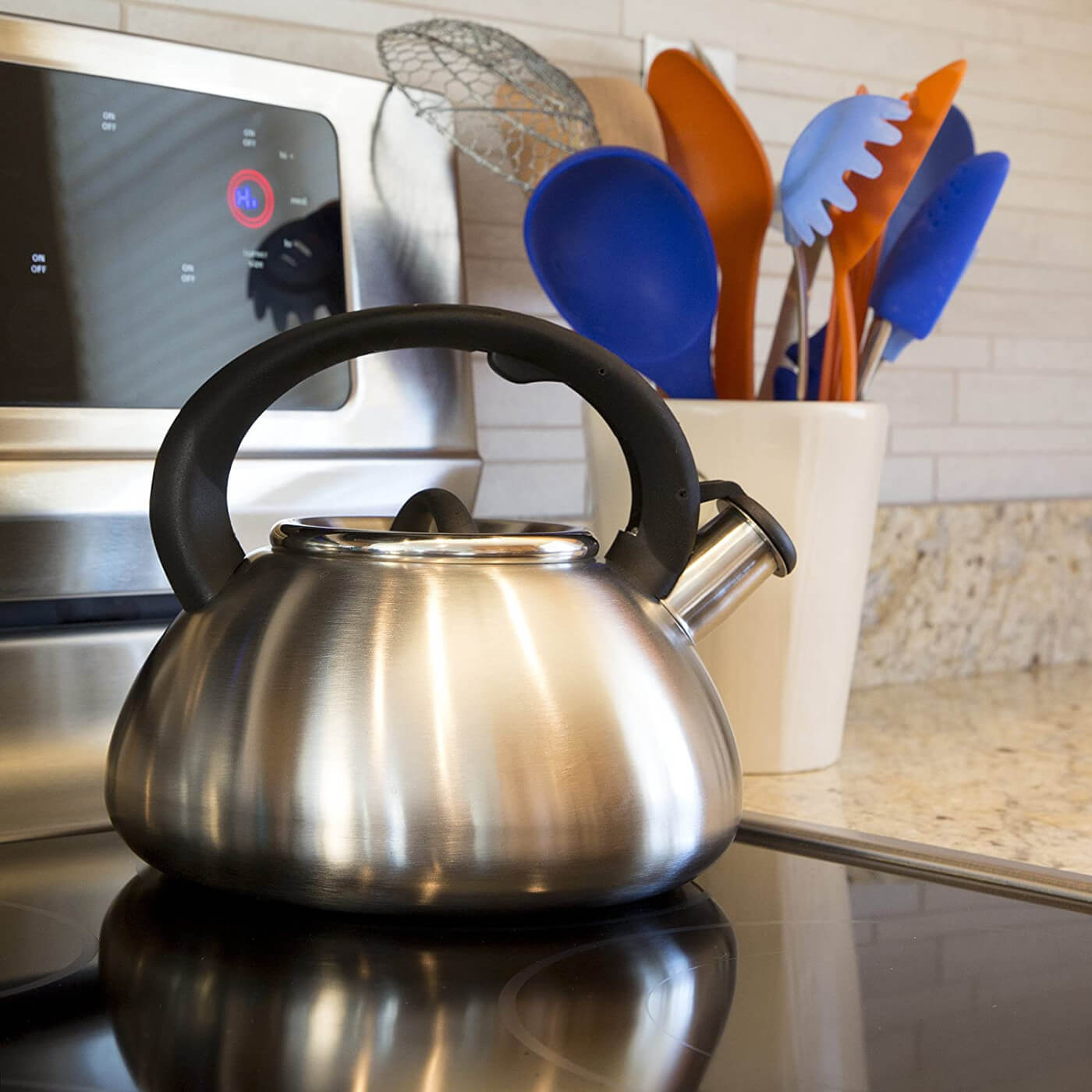

0 thoughts on “How To Store Pu-Erh Tea”